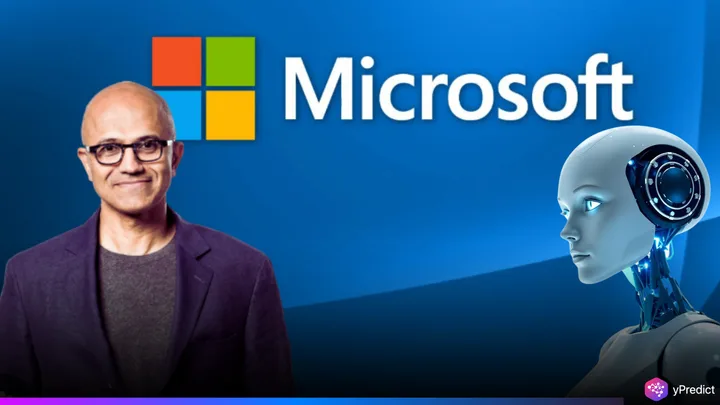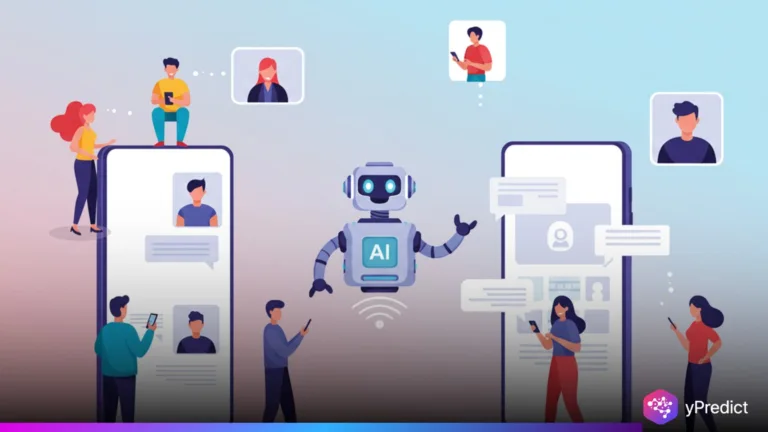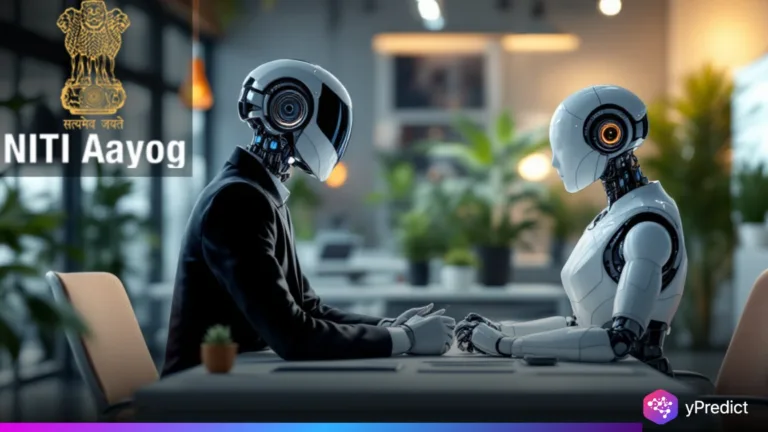
Microsoft launched its annual developer conference in Seattle on Monday, drawing thousands eager to turn AI tools into real-world profits. The company, a key investor in OpenAI, has already spent $64 billion this year, much of it building data centers to power AI services like Copilot in Microsoft 365. But the Redmond-based tech giant is now changing course. Microsoft wants to rein in costs while still fueling AI growth. CEO Satya Nadella says better optimization, not bigger buildings, will drive the next phase. That shift comes as Microsoft stock climbs over 30% in 2025, outpacing a struggling Nasdaq index.
Focus Turns to Copilot and Optimization Tools
At the heart of Microsoft’s current AI push is Copilot, the AI assistant built into Word, Excel, and Teams. It uses machine learning models from OpenAI to help users summarize documents, write emails, and analyze spreadsheets in seconds. These features are built on Microsoft’s Azure cloud, which continues to see rising demand from businesses adding AI tools to daily workflows.
But running large AI models requires massive computing power. Microsoft has long relied on its own global network of data centers to meet that need. Now, the focus is shifting to performance. “Once we land on the algorithm, we can optimize it and get 10 times better performance,” Nadella said earlier this year. That means the company can serve more users without building more server farms.
Profit Strategy Meets Cost Reality
While AI continues to bring in new revenue, cost remains a major concern. Microsoft is increasingly keeping its most profitable AI tools inside its own infrastructure. That lets engineers make constant adjustments to improve speed and cut computing costs. Still, the company sometimes needs a boost. When it requires extra capacity, Microsoft turns to firms like CoreWeave, a “neocloud” offering on-demand AI-focused computing. These partnerships let Microsoft scale quickly without the burden of new construction.
There’s also a new flexibility in how Microsoft works with OpenAI. Earlier this year, it gave OpenAI room to partner with Oracle on a massive Texas data center project called Stargate. Industry analysts see that as a sign Microsoft wants to be a neutral player, offering AI tools to all, not just controlling them. “They’re no longer buying more dirt and cement,” said Thomas Blakey, an analyst at Cantor Fitzgerald. “They’ll let others build and focus on what they do best.”
What Comes After the Data Center Boom?
Microsoft’s pivot suggests a bigger shift across the AI sector: performance over scale. Rather than race to build more infrastructure, companies may soon compete on who can run AI better, not just bigger. But that raises questions, too. Can AI services stay affordable if compute demand keeps rising? Will companies like Microsoft be able to keep improving efficiency without new breakthroughs in chip design or model architecture?
As more developers add AI to their apps and tools, the stakes are growing. Regulators may step in to monitor cloud dominance or limit environmental impact from energy-hungry data centers. And users, too, will ask tough questions about privacy, access, and trust. Still, if Microsoft’s new model works, it could set the tone for AI’s next chapter: smarter, leaner, and more widely available.






